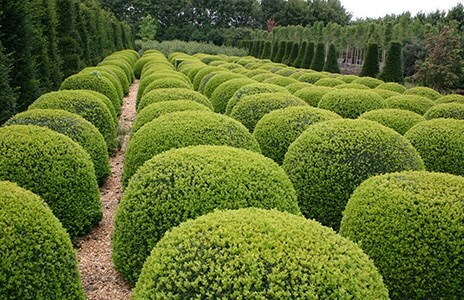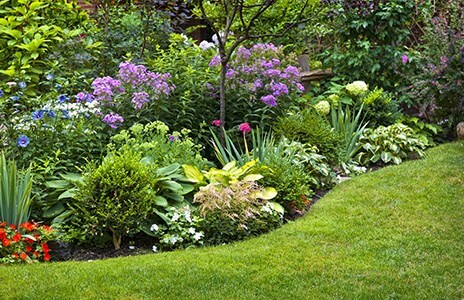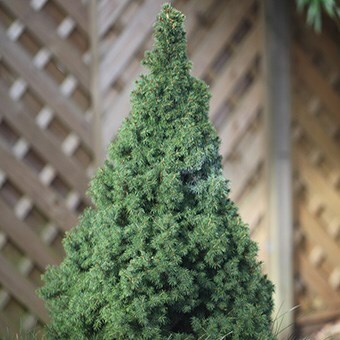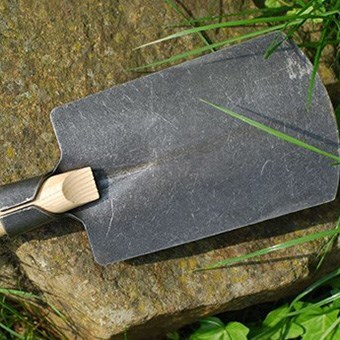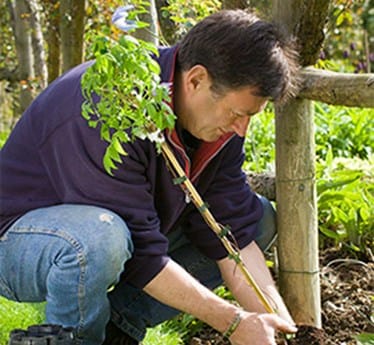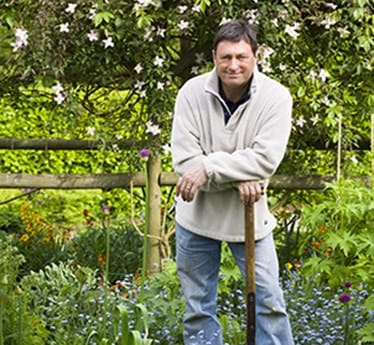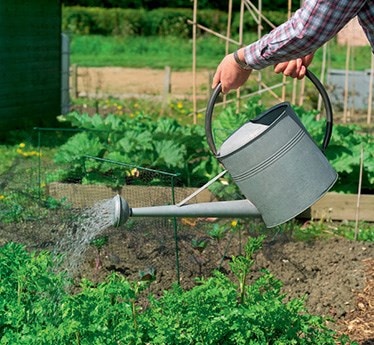Ever-traditional
Traditionally, evergreens are used to form the ‘backbone’ that underlines the garden’s key elements, edging paths, backing up big borders, and creating a year-round boundary. But once that’s in place, you can start adding evergreens for drama and detail.
Topiary is the obvious starting point; classic shaping turns everyday evergreens into all-year-round focal points. A lawn looks 100% more exciting if you add a hen and chicks made from trimmed box, and a bare winter border looks all the more enchanting decorated with a few box balls that’ll team brilliantly with spring bulbs and the summer perennials that follow, but meanwhile they give the garden a touch of winter glory. A tall box spiral or a formal standard bay looks brilliant by the front door, and if you have one of those beds where nothing much grows or you don’t have time for fussy flowers, plant a group of box spheres in different sizes and let them grow into each other to make an unruly pile as seen at all the best stately homes. Spread gravel or cobblestones all round for an easy-care result; an annual clip or two at most is all it takes to keep the shapes in trim.
Evergreens team well with midwinter plants to create eye-catching seasonal ‘cameos’. Try a red stemmed dogwood (Cornus alba ‘'Elegantissima') in front of feathery turquoise-blue conifer Chaemaecyparis pisifera ‘Boulevard’ – the combination brings both partners startlingly to life. And in a small space, a group of hellebores makes a great background for a carpet of snowdrops and winter aconites; they’ll start to flower shortly after their diminutive neighbours are finished.
"A bare winter border looks all the more enchanting decorated with a few box balls that’ll team brilliantly with spring bulbs and the summer perennials that follow"
Ever-creative
Ivies offer great scope for creativity. Turn a row of plain garden steps into a stunning foliar staircase by planting trailing ivies up the outer edges to outline them, and train more out horizontally across the risers. (But prune back stems growing onto the steps, or they’ll be slippery and unsafe underfoot). Ivies are brilliant for training over topiary frames in tubs on the patio, or over a broken bird table or an old wooden chair stood in a border; any support in a storm. I even know of an unusual living sculpture in an urban front garden made by allowing an entire rusting wreck of a car to be overwhelmed with ivy. And for a novel garden wall-covering that stands out in winter, team ivy with winter jasmine so you see green stems and yellow star- shaped flowers peeking through the ivy foliage.
A garden structure such as an arch, gazebo, or pergola that usually looks pretty lifeless at this time of year becomes a superb all-year-round feature, given the evergreen treatment. Just add an evergreen clematis such as Clematis armandii (spring-flowering, white, or choose the more unusual pink ‘Apple Blossom’) or winter-flowering Clematis cirrhosa ‘Freckles’ (cream with brick-red freckles inside its large nodding bells). So don’t dismiss evergreens as dull; they’re only as dull as you make them. Be inventive, and turn them into the stars they deserve to be!

